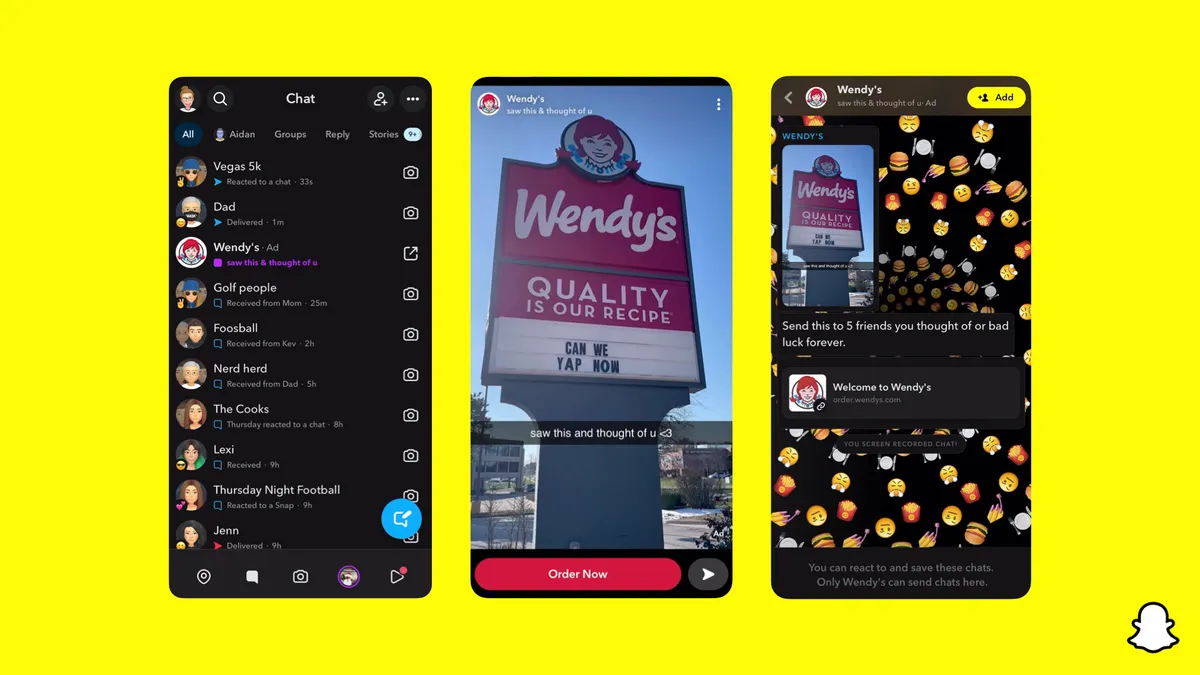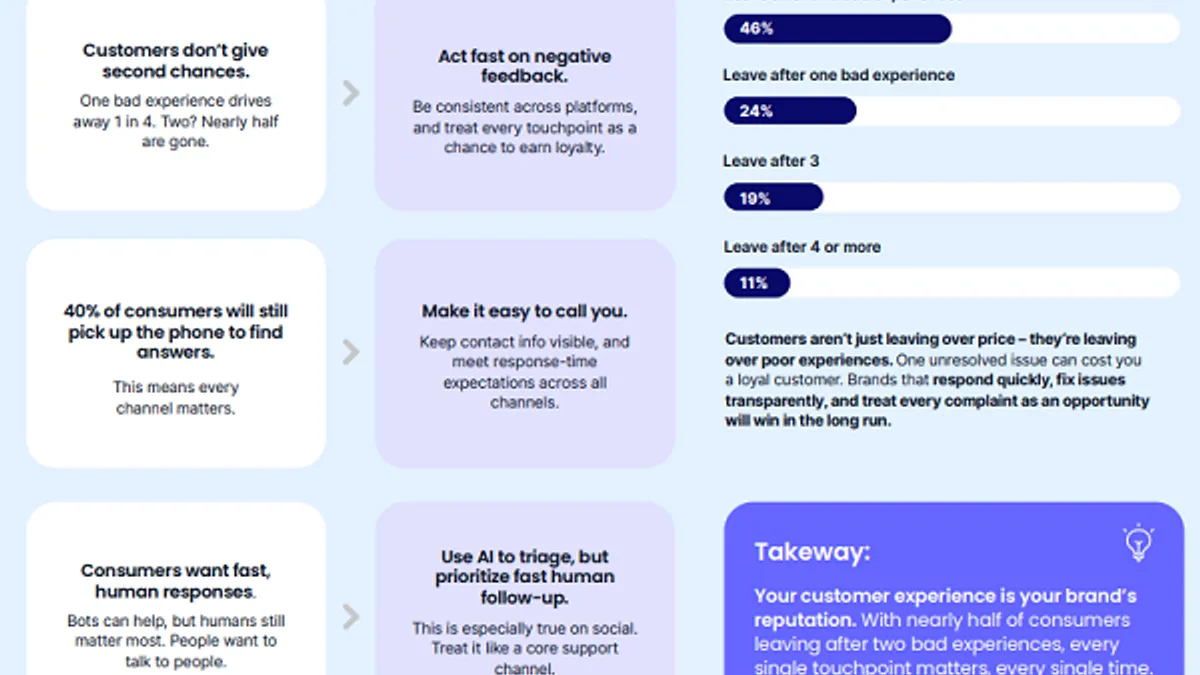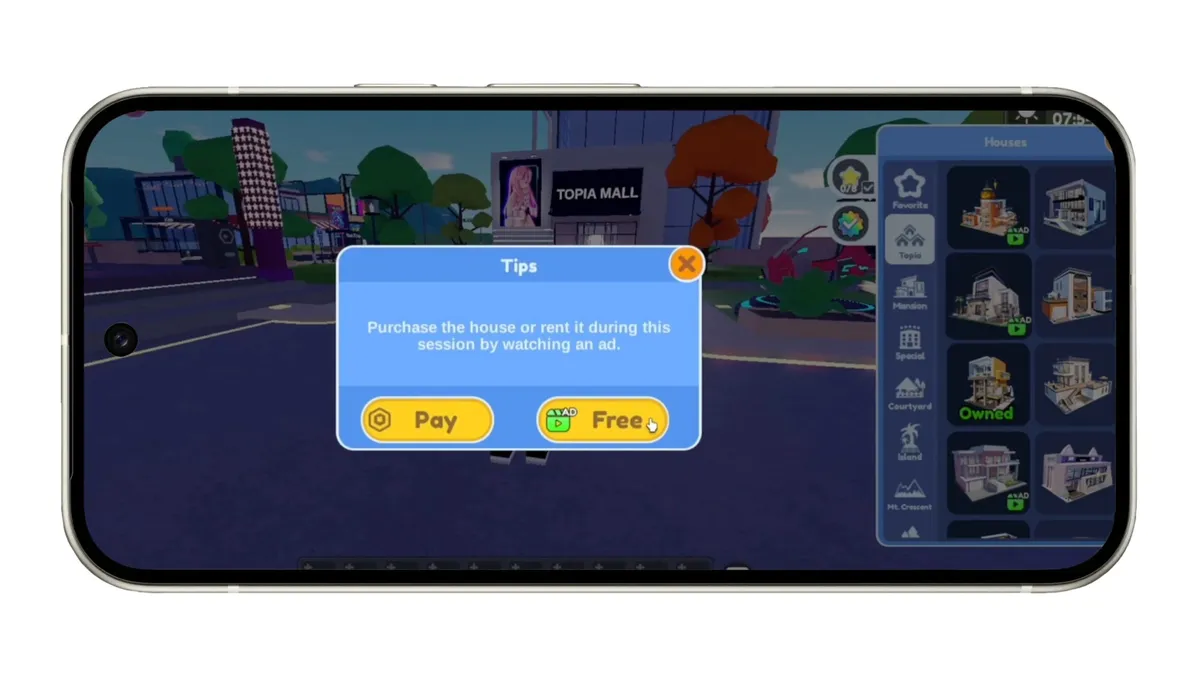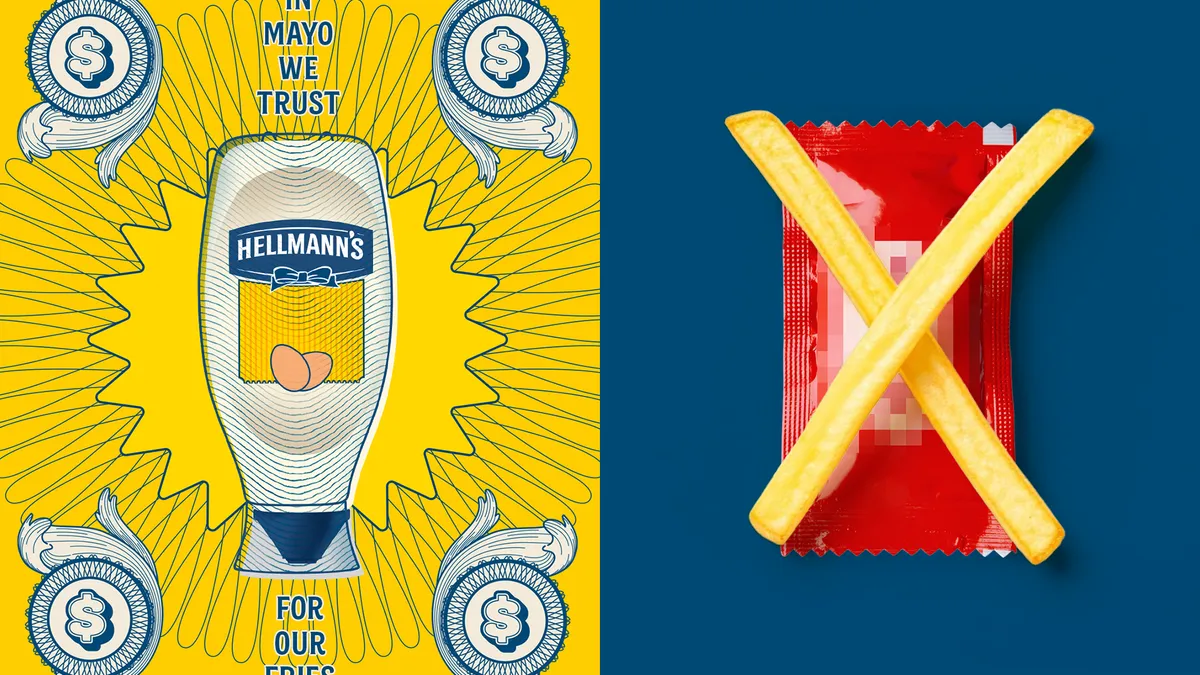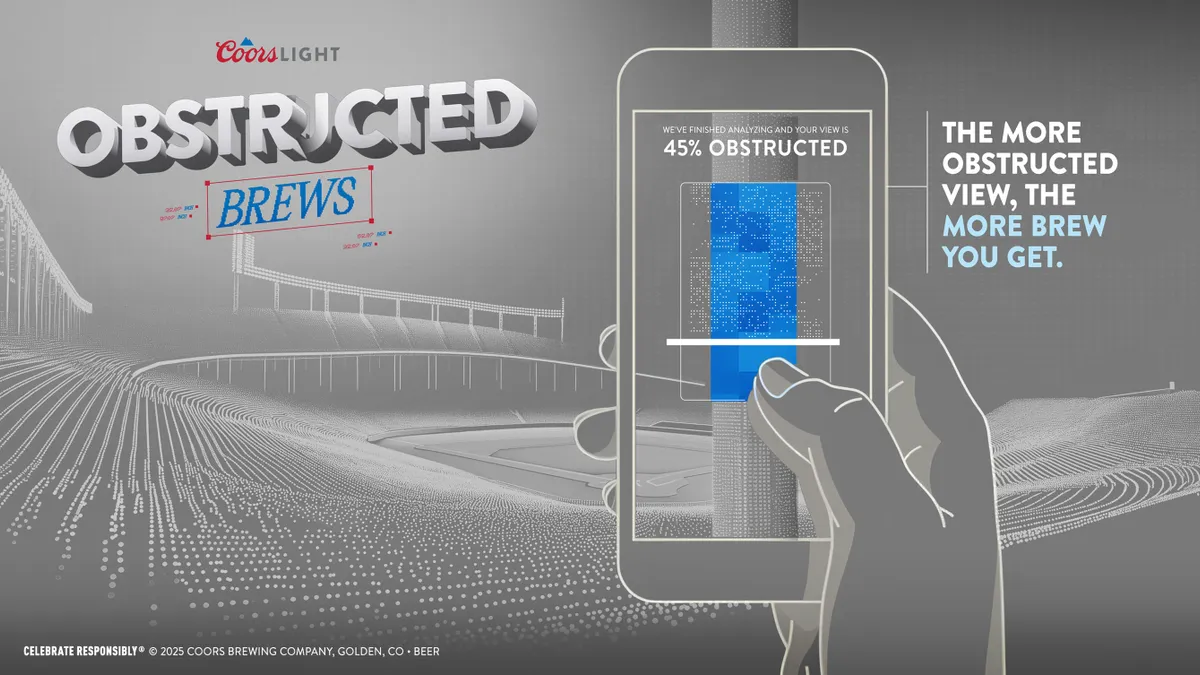Editor's Note: The following is a guest post from Maureen Polo, SVP at Fullscreen's Brand Studio.
It's hard to talk about marketing these days without talking about influencers. A recent ANA survey revealed three-quarters of national advertisers now leverage influencer marketing, and 43% are planning to increase their spending on category in the next 12 months. The word "influencer" is everywhere, tossed around by media agencies, marketing strategists and brands so much in the past several years that it has nearly lost all meaning.
The creator community, however, by-and-large steers clear of the use of the term, while the younger generation attributes it to a particular type of online personality. It's embraced but misused worldwide, often stated in executive meetings as a catch-all for the modern content creator.
It's time to evolve and redefine. For brand marketers who truly want to resonate with their audiences, these discussions should be more about "friendertainment" — tailored, compelling content that engages target audiences by acting as a friend who understands the types of media with which they want to engage.
Changing the model
Sure, you can dish out money to have the latest influencer list your product on a social post. But will that really move the needle for your business or produce ideal results? Probably not.
To successfully distribute a brand message, companies need to consider a broader question — what is influence as defined in marketing terms? From there, brands can begin to identify the messages and distribution (i.e campaigns, creators and content) that will resonate most with target audiences. Strategically communicating and engaging with these audiences requires a thoughtful mix of art, science, and human capital to maximize results.
Before implementing any campaign, it's essential to fully understand: your audience, the places and platforms where they spend their time and how and why they engage with content on those channels. We all know that younger demographics are spending more time on social than traditional TV or other mediums. But what ecosystems are they truly interacting with, what content do they engage with beyond views or likes and how do they act individually on these platforms?
Furthermore, brands should also have a deep understanding of the platforms their audiences are on: what types of content are shared; what performs better and why? Why do audiences have personal connections through the platform? Are videos or static images the preferred method of content? Brands hoping to capitalize on social media must know the answers to these questions and how their audience is naturally behaving on key platforms before creating content that gets out relevant messages to these channels.
Threading together themes
As brands dig deep into the social and digital worlds, they will begin to get a sense of what trends resonate most with their audience. It's important to identify common themes or threads through the TV shows, creators, and content they view. For instance, we have found that escapism is extremely popular with younger millennial audiences. They want to get a break and disconnect from the real world, even in their free time and are entertained by content that brings them away from reality.
From that discovery, brands should ideate experiences that fit this mold — through immersive experiences, for example. Allow your audience to get completely caught up in the content you are providing, whether that's through allowing them to participate or vote on future storylines or create content of their own that is featured on your platforms. Incorporate activations in real life that correspond to your digital or social content and allow fans to get up close and personal with their favorite creators.
Addressing the in-house trend
Another aspect for brands to consider is the shift we're seeing with taking influencer marketing in-house to build a longer-term strategy, which I believe makes sense and is a natural progression as the space has grown up and is proving effective.
That said, I think it's important to note that brands who are taking services in-house are generally either leveraging influencer tech-partners/SaaS for more scalable, turn-key, and PR-like approaches. Many are still using outside partners to help with talent matching and execution.
Wrapping up
Brands that leverage the idea of friendertainment will naturally fit into the places and types of content where their audiences already are. Instead of pushing a sales message, or having an influencer do so, they should invest in creating content that leaves audiences wanting more from the brand — not less.
The future of brand marketing lies here. It's not a question of how to get your message front and center, but instead how to create content and concepts that authentically tie in your messages to conversations already being had.









